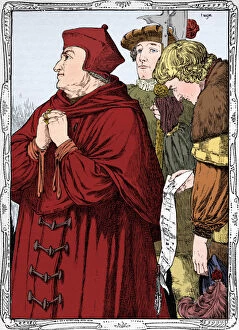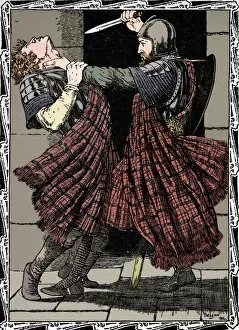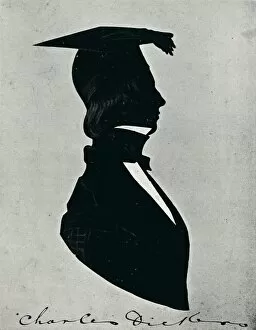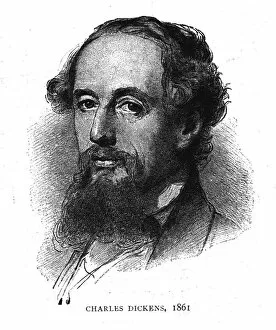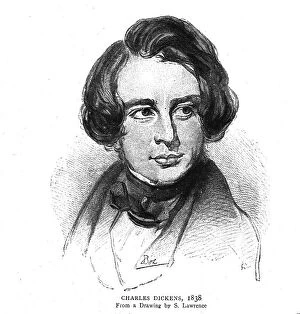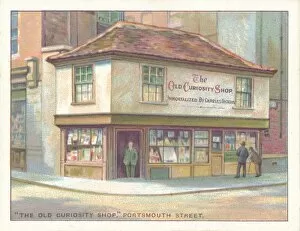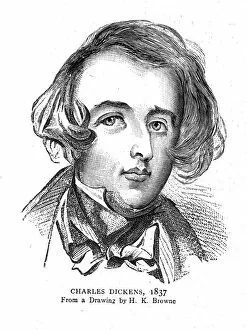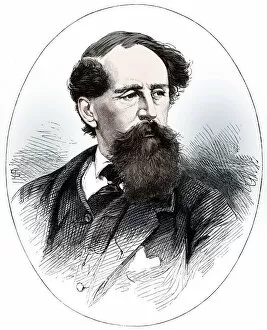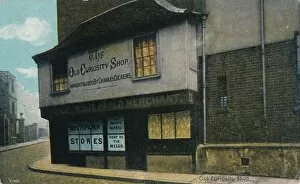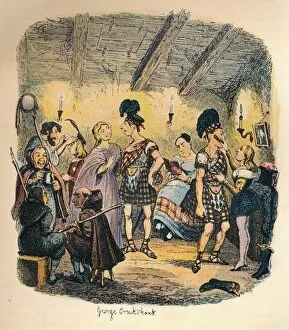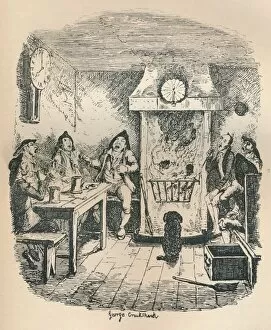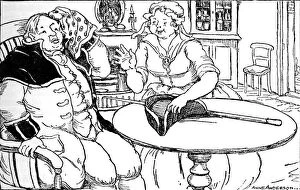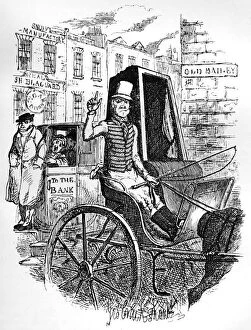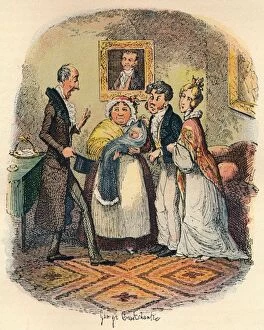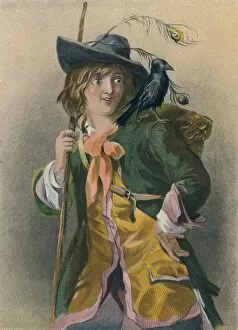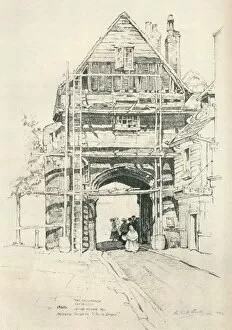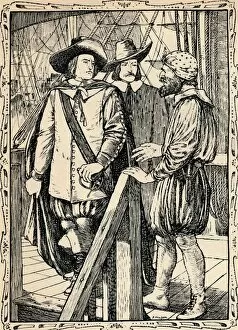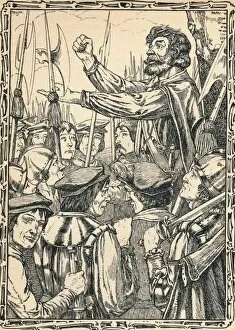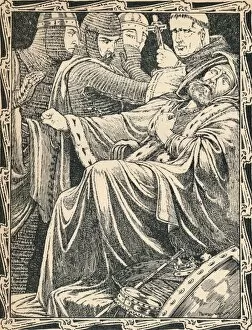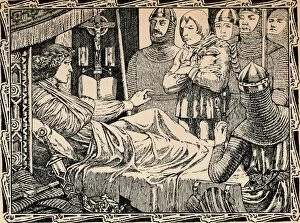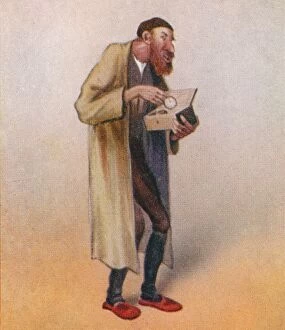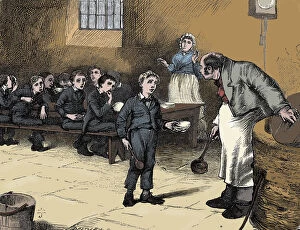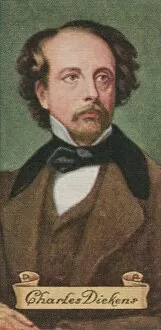Charles John Huffam Dickens Collection (#3)
Charles John Huffam Dickens, a renowned English writer and social critic, left an indelible mark on literature with his captivating stories
For sale as Licensed Images
Choose your image, Select your licence and Download the media
Charles John Huffam Dickens, a renowned English writer and social critic, left an indelible mark on literature with his captivating stories. His works shed light on the harsh realities of Victorian society while also providing moments of hope and redemption. In Folly Ditch and Jacobs Island, Dickens exposed the underbelly of London's slums, revealing the squalor and despair that plagued its inhabitants. Through vivid descriptions, he transported readers to these bleak landscapes where poverty reigned supreme. A Christmas Carol, illustrated by John Leech in 1843, remains one of Dickens' most beloved tales. This heartwarming story follows Ebenezer Scrooge as he undergoes a transformative journey from miserliness to generosity during the festive season. Leech's illustrations beautifully capture the spirit of this timeless classic. David Copperfield holds another special place in Dickens' repertoire. The etching by Hablot Knight Browne depicts a pivotal moment when David makes himself known to his aunt after enduring various trials and tribulations throughout his life, and is a testament to resilience and finding one's voice amidst adversity. The Pickwick Papers introduces us to memorable characters like Captain Cuttle who famously asks "Who are you, you rascal?" Browne's artwork brings these colorful personalities to life as they embark on humorous misadventures across England. Cricket at Gads Hill Place showcases Dickens' love for sports and leisure activities enjoyed at his home in Rochester. This scene captures joyous camaraderie among friends against the backdrop of lush green fields—a respite from the hardships depicted in many of his novels. Bill Sykes represents one of Dickens' darker characters—an embodiment of cruelty and violence—in Oliver Twist (1939). This haunting portrayal serves as a reminder that evil can lurk even within seemingly ordinary individuals. The Parish Engine by George Cruikshank illustrates how institutions like workhouses were used to control society's destitute.



